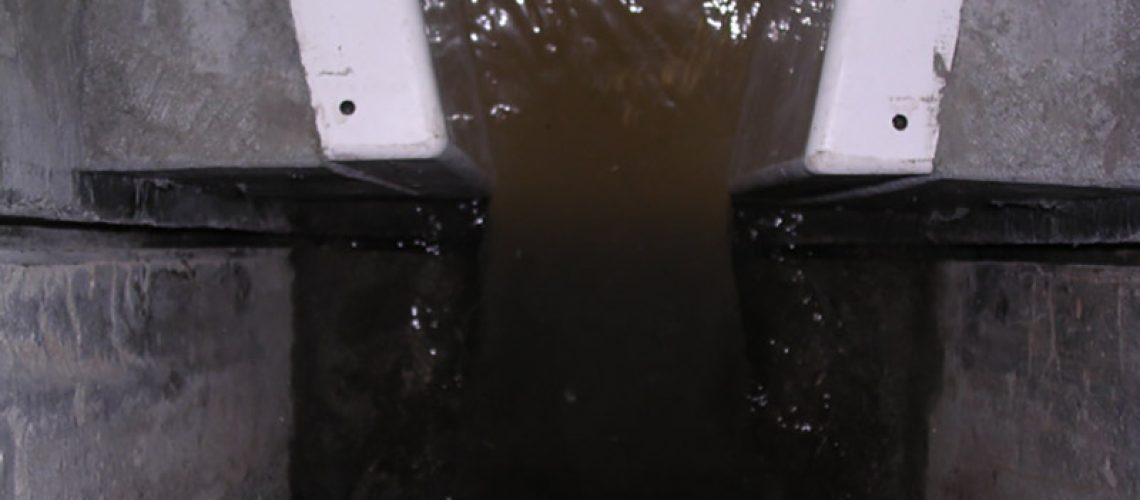Turbulence can cause a lot of problems when you’re trying to get accurate flow rate measurements. Uniform flow won’t mean much if turbulence is throwing off the levels, but the presence of turbulence doesn’t mean you’re out of options. Learn how to control turbulence and ensure that you’re getting the accurate measurements you need.
The Cause of Turbulence
The exact cause of turbulence can vary quite a bit depending on the kind of flow you’re dealing with and the conditions surrounding it. In general, turbulence develops when some portions of the stream are spinning in random patterns rather than in conjunction with the rest of the flow stream. This expresses itself with eddies in the flow stream that appear and disappear seemingly at random.
When looking for the cause of turbulence, you’ll have to examine the flow channel. Any kind of obstruction can lead to turbulence. This includes weeds and other debris creeping in from the banks of the channel, as well as sediment deposits within the channel that change the interior dimensions. Any kind of obstruction or intrusion can potentially create turbulence, though those things that cause elevation changes tend to be the most potent.
The Cost of Turbulence
When dealing with turbulence, you’ll find that it’s far more difficult to get a decent measurement of flow rate because of the distorted levels you’re meant to be measuring. Mild turbulence is virtually unavoidable, as it’s a result of simply existing in the world outside of a closed, well-maintained system, but serious levels of turbulence make accuracy virtually impossible to achieve.
Rough water conditions can lead to serious errors of 10% to 20%, and that’s on the conservative end in many cases. The key to taking accurate measurements is being able to measure flow head, but that’s virtually impossible if there’s intense turbulence in the stream. That’s why you’ll need to eliminate this by putting turbulence conditioners upstream.
Fixing Turbulence
To reduce water turbulence in your flow channel, there are a few strategies you can implement. No matter which you choose, however, the ultimate goal is to create a uniform approaching velocity profile. Wave dampeners are a good solution to this, such as underflow wave suppressors that are applicable in both large and small channels. While they generally can’t reduce waves entirely, they can reduce them by up to 93% in many cases, provided the underflow section is about four times the depth of the flow.
Wave suppressors are fairly easy to install in a variety of different channels, making them the go-to solution for many suffering from turbulence. They don’t need to be watertight either, and installation can take quite a few forms with a variety of different materials available for construction. What matters most is that they reduce waves and that you account for the potential for a backwater effect.
Flume Control With Tracom
Now that you know how to control turbulence, it’s time to apply it to your own flow channel. Tracom has a variety of wastewater flume accessories that can help your wastewater products offer the accurate measurements you need. Contact us today to learn more.



